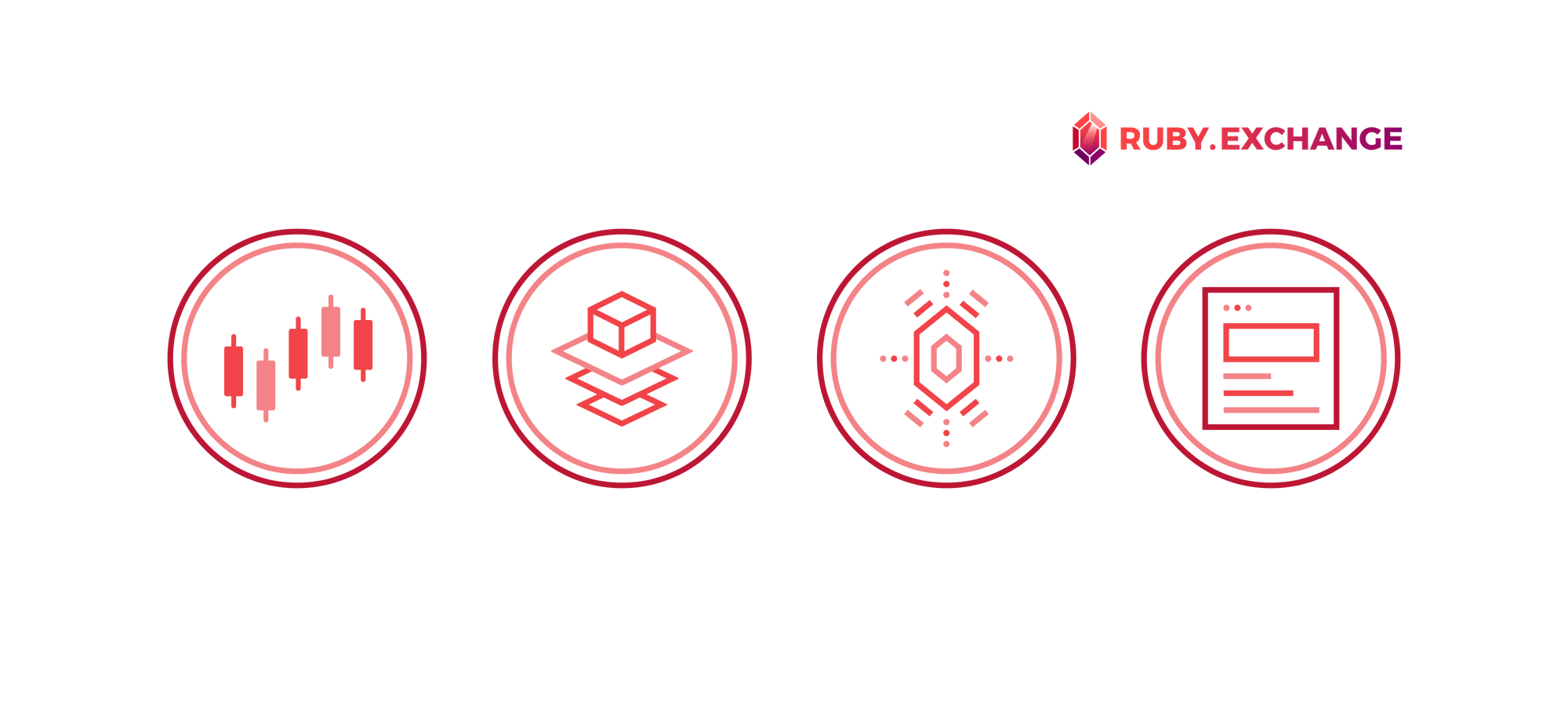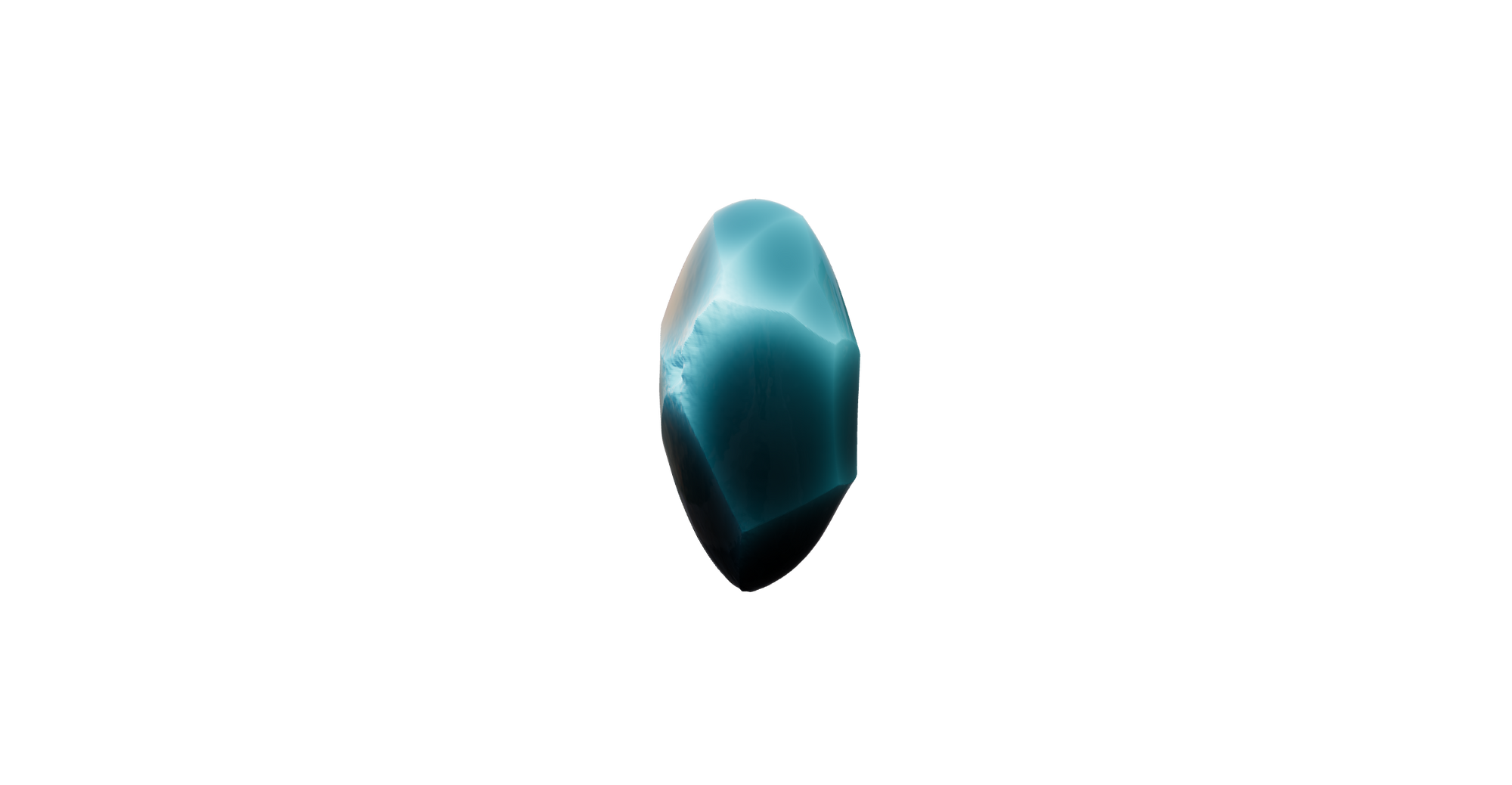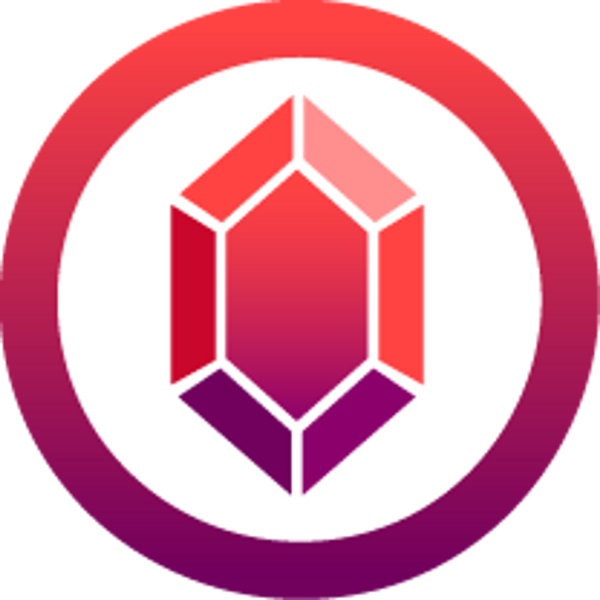Even in the fast-moving DeFi space, it always takes time for new technologies and services to reach critical mass. Some of the major developments in the sector are only now gaining traction, and up to this point, no project has realized the full, combined potential of these innovations.
Ruby is grabbing the exciting opportunity to become the first ever NFT-powered exchange by taking the elegance and simplicity of an AMM, the speed and gasless transactions of SKALE, and the flexibility and utility of NFTs—putting them all together in a beautiful, elegant UX with an integrated bridge, trader-friendly charts, and LP position management dashboard.
Ruby AMM: DeFi + NFT + L2
New technologies are built on the shoulders of giants. A great example is Bitcoin, the first truly decentralized electronic currency, which was created from a set of components that were already available. These include:
- Public key cryptography, which dates back to 1976.
- The Hashcash proof-of-work system, invented by Adam Back in 1997.
- Peer-to-peer networking, which rose to prominence with the Napster file-sharing network in 1999.
Satoshi Nakamoto's brilliance lay in combining these building blocks in a new way to create something that had never existed before—and that some critics believed was impossible.

Because the DeFi movement is based on open source software, iteration and innovation is rapid. Still, some of its most exciting components have only just launched, or reached the quality required for a market-ready product.
The combination of technologies now available means that Ruby has a unique opportunity to do something new, integrating several different innovations to create the first AMM of its kind.
Ruby's Building Blocks
There are several tech components to Ruby, which combine to form something greater than the sum of their parts.

1. AMM
At the core of Ruby is an Automated Market Maker (AMM): A smart contract that allows users to trade against funds deposited in a pool by liquidity providers. AMMs are an ingenious answer to the need for trustless, user-friendly exchanges in the DeFi space. They have almost completely replaced the first generation of decentralized exchanges, which sought to recreate centralized exchanges' order books on the blockchain.
2. SKALE (L2)
The rise of DeFi has increased activity on Ethereum L1 to the point where it cannot provide the infrastructure required for a high-volume dapp that is open to all. Many Layer 2 solutions have been launched to provide EVM functionality without the Ethereum mainnet's congestion and high gas costs. Of the options available, we chose SKALE for several reasons:
- EVM compatibility
- Throughput of up to 2,000 tps as standard, extensible on demand
- Gasless transactions
- Near-instant finality
- Industry-leading bridge
3. NFTs
Non-fungible tokens (NFTs) are one of the most exciting developments in the crypto space, but up to this point they have mainly been used to trade artwork and other digital collectibles. Few have intrinsic utility, though projects like Teller Finance and Charged Particles are starting to change that. Additionally, the costs of minting NFTs on Ethereum L1 make it uneconomical to integrate them extensively with DeFi protocols.

Ruby's gems are designed for functionality as well as form, embodying real utility from trading fee rebates and APY boosts for LPs to user avatars and affiliate links. And because we can issue them whenever we want, thanks to SKALE's zero gas fees, we can distribute them widely across Ruby's user base and make them part of the AMM's core functionality.
4. Outstanding UX
Lastly, we know we're not just creating a new kind of AMM. We're competing for users against centralized crypto exchanges and conventional trading platforms too. That means Ruby's UX has to be even better than theirs.
Ruby's interface includes all the charts and analytics crypto and TradFi users expect, as well as a complete dashboard that provides access to token swaps, NFT balances, and LP positions—a one-stop portal to everything you need. Meanwhile, the SKALE IMA Bridge allows migration of assets into and out of the Ruby ecosystem in just 18 seconds. Built directly into Ruby's frontend, the bridge is a seamless part of the UX and makes cross-chain transfers as easy as possible.
Ruby: The First AMM Of Its Kind
By leveraging the latest and greatest technologies from the Ethereum space, including a powerful L2 and functional NFTs that aren't limited by the cost of gas, Ruby AMM can offer its users features unavailable anywhere else in the DeFi world. We're set on becoming the #1 AMM on SKALE, and major infrastructure for the wider DeFi movement.
Learn more about Ruby by visiting Ruby.Exchange, following the project on Twitter and Telegram, or subscribing to the Ruby blog.






